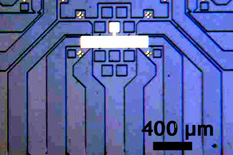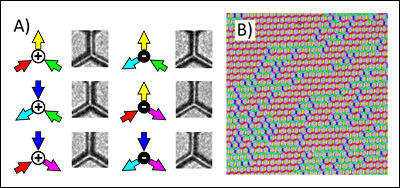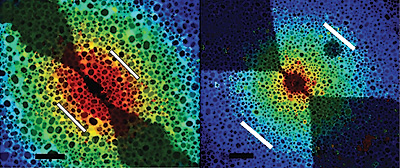News Story
Cumings’ Research on Paramagnetic Semiconductors Published in Physical Review Letters

Unlike ferromagnetic materials whose spin (magnetic strength) is predetermined by their chemical makeup, the properties of paramagnetic semiconductors like the alloy in Cumings’ study can be tuned by varying carrier density, magnetic field, or temperature. The ability to control the spin of and electron transport through a material makes it flexible; it can be used in multiple applications and devices, and its magnetic properties can be altered or turned on and off as needed. Devices created with such materials—spintronics—could prove to be more efficient and diversified than traditional electronics.
View the article online at Physical Review Letters »
Published June 13, 2006







